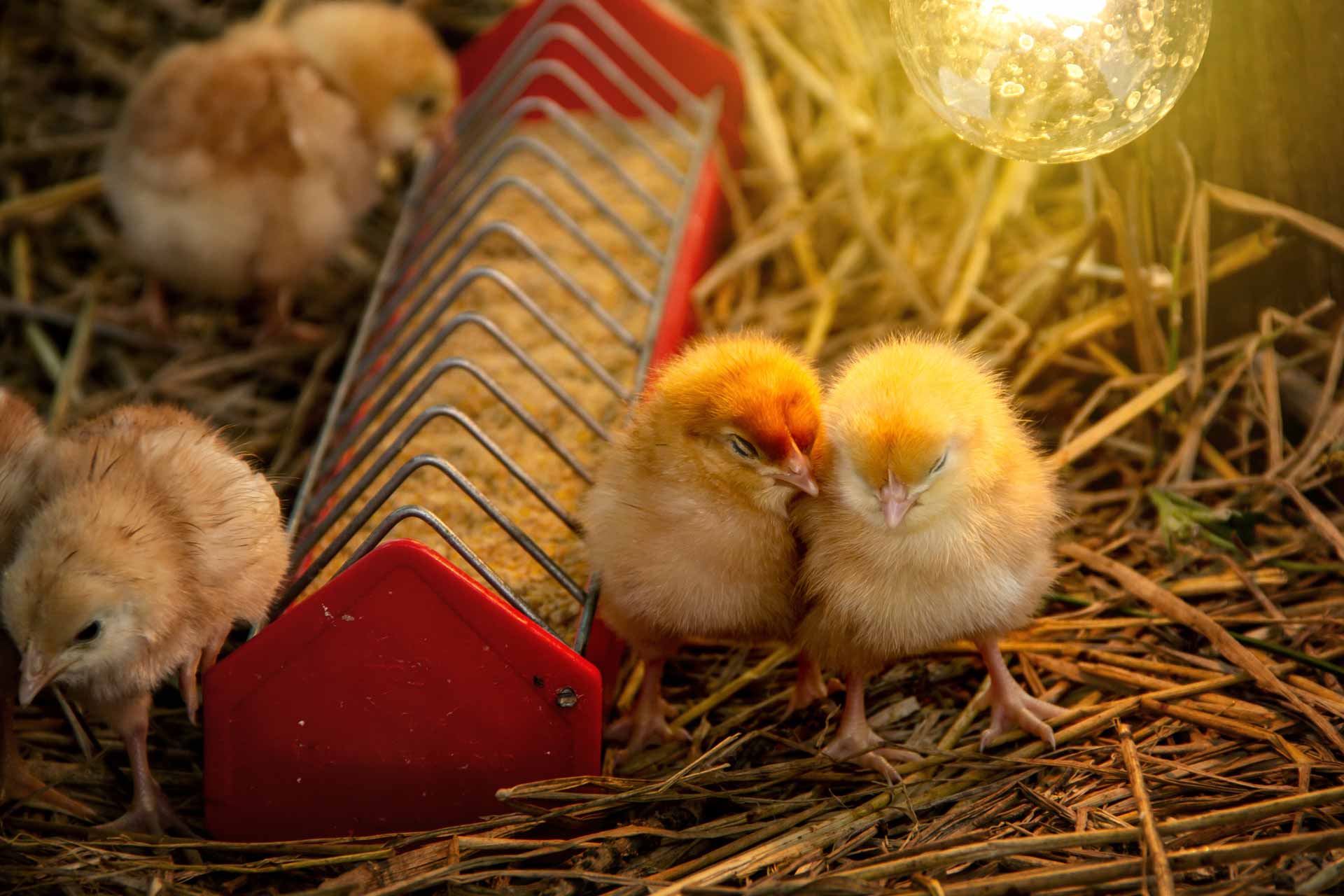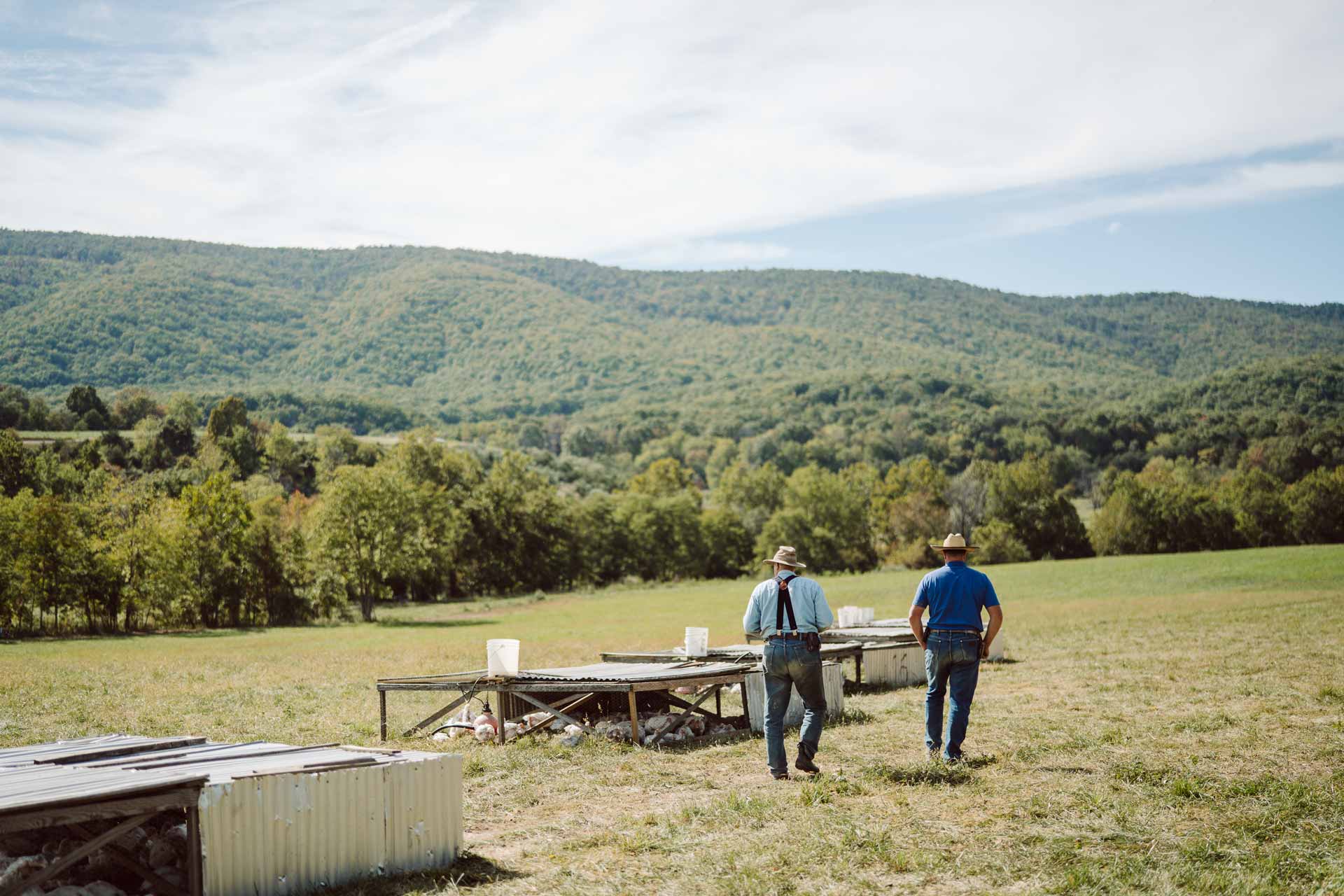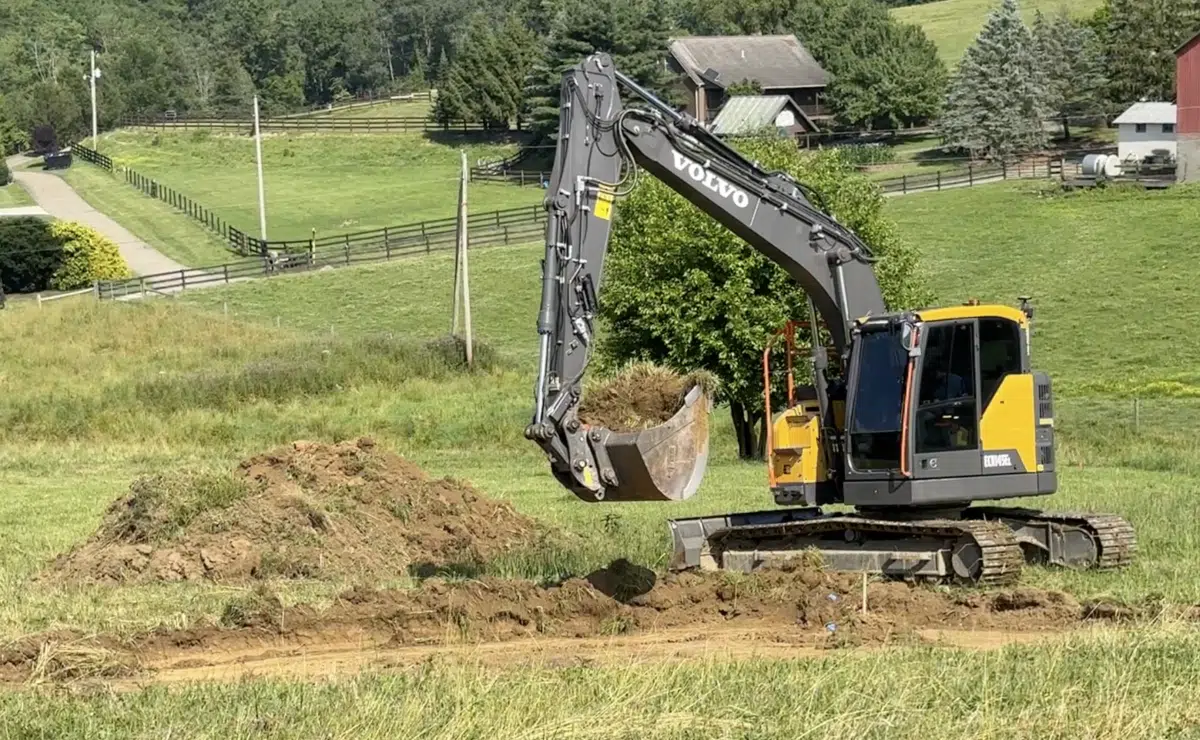Confessions of a Steward with Joel Salatin
“How do I learn what I need to know?” This is one of the most common questions people ask when jumping into a farm or garden enterprise. The heritage understanding that permeated deep into the culture a century ago is largely lost. That means newbies are starting from scratch and have no rudimentary understanding about basic farming procedures.
The regular learning recipe is fairly straightforward: books, instructional videos (including YouTube), workshops, mentoring, and experience. Although I’ve written a bunch of books and now do instructional videos (Farm Like a Lunatic), I’m going to concentrate on the experience component of this educational recipe.
My mentor, Allan Nation, said experience was the best and fastest way to learn. I agree, with one caveat: the experience scale must be in sync with your knowledge. In other words, if you know little, do little. One of the most common mistakes newbies make is starting too big. Building castles in the sky is much easier than building them on the ground.
Just for fun, let me dig into a question I received today from a first-time chicken grower. Probably his big mistake was starting his first batch in November instead of late spring or early summer when the ambient temperature is better. He lost half of the chicks in a week and asked why. Of course, I’m supposed to give an answer with nothing more than that. At any rate, I responded with a list of possible issues.

Too cold. Chicks need to be around 93 degrees Fahrenheit for the first couple of days. They are highly subject to pneumonia and almost any respiratory issue. In the brooder, you’re trying to recreate the hen’s body temperature and care; that doesn’t give you a lot of latitude. The way you know they’re just right is if the group huddles under the heat with a donut in the center. In other words, right where the heat is the most intense, you don’t want any chicks lounging. They will find their perfect warmth somewhere around the heat circle, but if they clump up right under where the heat is most intense, it means they’re too cold.
Too hot. If the birds congregate around the edges of the brooder, away from the heat source, they’re too hot. Excessive heat is generally not as devastating as excessive cold, but it still creates discomfort and makes the birds lethargic. Nobody wants to run around when they’re overheated.
Too much temperature fluctuation. Chicks can handle a few minutes of cold—allowing them time to run out and get something to eat or drink—but they can’t be away from heat for long. The main problem is overall temperature fluctuation due to not having a well-regulated heat source. Typically this happens between cool nights and hot afternoons. If you set the heat for night, the birds roast in the afternoon if the sun is bright. By the same token, if you check them during the afternoon and realize the birds are too hot, you can’t wait to adjust the heat back to night strength two hours after dark. This is why good hovers have thermostats to cut the heat on and off according to ambient temperature.
Draft. Chicks need fresh air, but they can’t handle a draft. Fresh air needs to come in above them, not at their level. Chicks don’t like crosswinds. Once they get a few days old, you can open things up a bit more, but initially, the air needs to be still.
Wet. Nothing creates health issues in chicks as fast as getting wet. Moisture sucks out their body heat. With all that fluff, if they get wet, they get hypothermia in a minute. To warm them up, you can put them in an oven, literally. That’s what it takes to overcome getting wet…
To read the full story, purchase this digital back issue:
Subscribe today to get the full stories in print each month!
Or purchase a February 2023 back issue in print here.
__________
Joel Salatin co-owns, with his family, Polyface Farm in Swoope, Virginia. Four generations of his family currently live and work on the farm, and his farm services more than 5,000 families, 50 restaurants, 10 retail outlets, and a farmers’ market with salad bar beef, pigaerator pork, pastured poultry, and forestry products. When he’s not on the road speaking, he’s at home on the farm, keeping the callouses on his hands and dirt under his fingernails, mentoring young people, inspiring visitors, and promoting local, regenerative food and farming systems. Salatin has published 15 books, and he is the editor of The Stockman Grass Farmer, granddaddy catalyst for the grass farming movement. He passionately defends small farms, local food systems, and the right to opt out of the conventional food paradigm.




